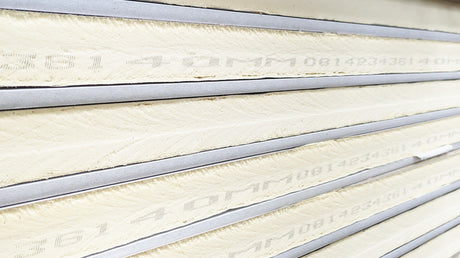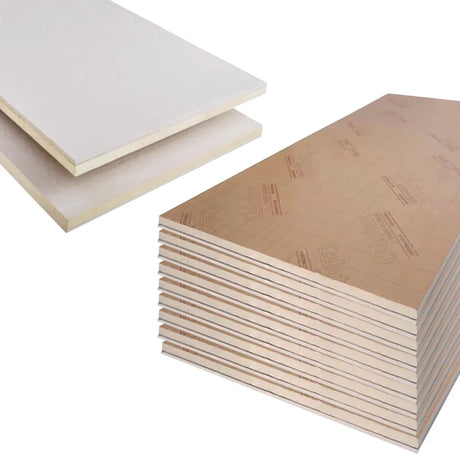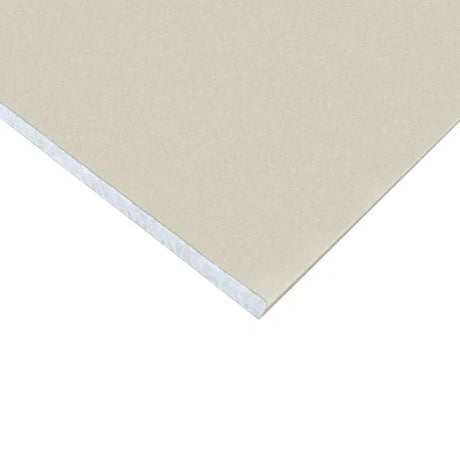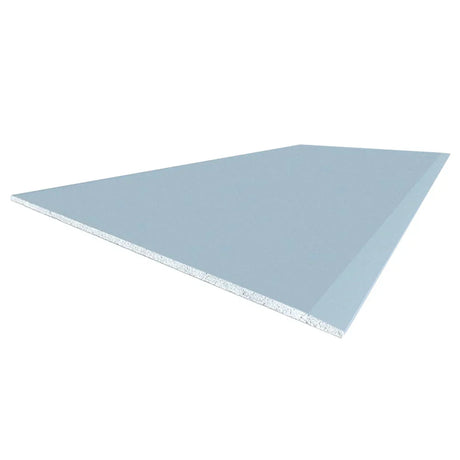The British climate presents unique challenges for roofing materials, with frequent rainfall, variable temperatures, and occasional extreme weather events demanding durable, resilient solutions. Longevity depends not only on material selection but also on proper installation, ventilation, and maintenance practices.
Traditional Natural Materials with Proven Longevity
Natural Slate: Premium Welsh slate from areas like Snowdonia represents perhaps the most durable roofing option available, with potential lifespans exceeding 100 years. The exceptional durability results from the material's natural formation under intense geological pressure, creating a dense, non-porous structure resistant to water absorption and freeze-thaw damage.
The initial investment in quality slate from suppliers like SSQ or Welsh Slate is substantial, but when calculated over its entire lifespan, it often represents excellent value. Beyond longevity, natural slate offers unsurpassed aesthetic qualities that mature gracefully over time, enhancing the architectural character of both traditional and contemporary buildings.
For projects where authentic Welsh slate exceeds budget constraints, carefully selected imported slates from Spain or Brazil can offer similar performance characteristics at more moderate price points, though choosing from reputable suppliers remains essential.
Clay Tiles: Traditional clay tiles from manufacturers like Marley or Wienerberger provide another long-lasting option with expected lifespans of 60-80 years when properly installed and maintained. Modern manufacturing techniques have enhanced the freeze-thaw resistance of clay tiles while maintaining their characteristic aesthetic appeal.
Machine-made clay plain tiles offer consistent quality and dimensional accuracy, facilitating installation and reducing waste. For heritage properties or conservation areas, handmade clay tiles from specialists like Tudor Roof Tiles provide authentic appearance and performance aligned with traditional building methods.
Modern Materials with Extended Durability
Concrete Tiles: Contemporary concrete tiles represent a significant advancement over earlier generations, with improved manufacturing techniques creating more durable, consistent products. Premium concrete tiles from UK manufacturers like Redland (part of BMI Group) offer expected lifespans of 50-60 years with relatively minimal maintenance requirements.
Modern through-coloured concrete tiles maintain their appearance longer than earlier surface-coated products, while advancements in surface treatments provide enhanced resistance to moss growth and environmental soiling. For projects where balanced performance and value are priorities, concrete tiles continue to offer an excellent solution.
Metal Roofing Systems: High-performance metal roofing has evolved significantly, with modern standing seam systems providing expected lifespans of 50+ years. Aluminium systems offer excellent corrosion resistance even in challenging coastal environments, while zinc develops a protective patina that contributes to its exceptional durability.
British manufacturers like Euroclad and Tata Steel produce sophisticated metal roofing systems combining durability with contemporary aesthetic options. These systems can accommodate complex roof geometries and low pitches, offering design flexibility alongside long-term performance.
Critical Factors Affecting Roof Longevity
The realised lifespan of any roofing material depends significantly on installation quality, appropriate detailing, and maintenance practices. Even the most durable materials will fail prematurely if poorly installed or inadequately maintained.
Ventilation and Moisture Management: Effective roof ventilation is essential for long-term performance, preventing condensation that can degrade structural timbers and insulation. Modern breathable membranes from manufacturers like Glidevale Protect offer enhanced moisture management capabilities, but must be correctly specified and installed in accordance with current building regulations.
For traditional roof constructions, maintaining adequate ventilation pathways at eaves, ridge, and potentially mid-slope positions helps ensure proper air movement throughout the roof void. Our technical team can provide detailed guidance on ventilation requirements for your specific project configuration.
Quality of Fixings and Accessories: The durability of a roof system is only as good as its weakest component. Quality fixings appropriate to the material and exposure conditions are essential, with stainless steel options providing superior longevity in challenging environments.
Flashing details, valley treatments, and ridge components should maintain compatibility with main roof coverings while providing equivalent durability. Integrated systems from manufacturers like Marley or Redland ensure component compatibility, simplifying specification and installation.
Maintenance Requirements for Maximum Lifespan: Regular inspection and maintenance significantly impact the realised lifespan of roofing materials. Annual checks for displaced tiles, damaged flashings, or blocked gutters help prevent minor issues from developing into significant problems.
Periodic clearing of debris, treatment of moss growth, and checking of ventilation paths contribute to maintaining optimal performance. For most roofing systems, professional inspection every 5-7 years provides opportunity to address maintenance needs systematically, protecting your investment and ensuring continued performance.









